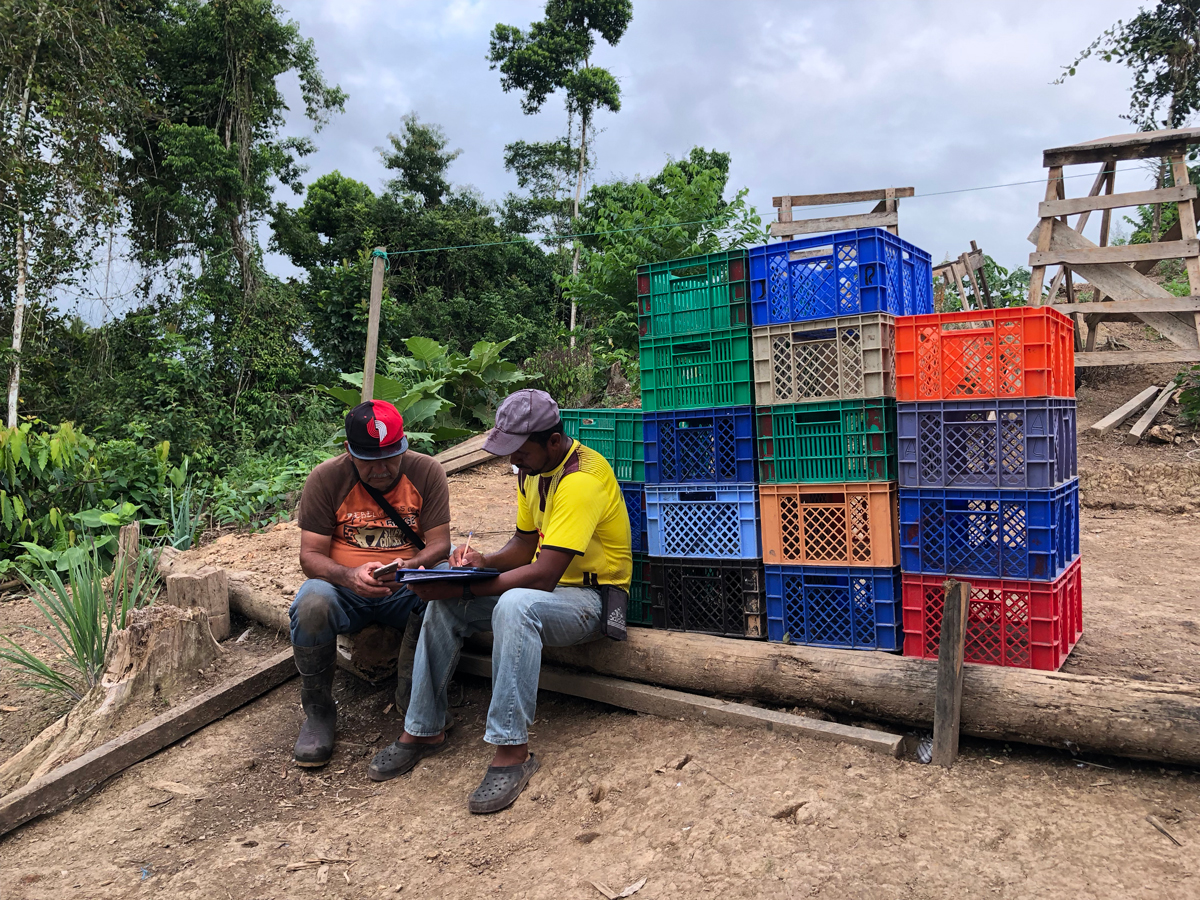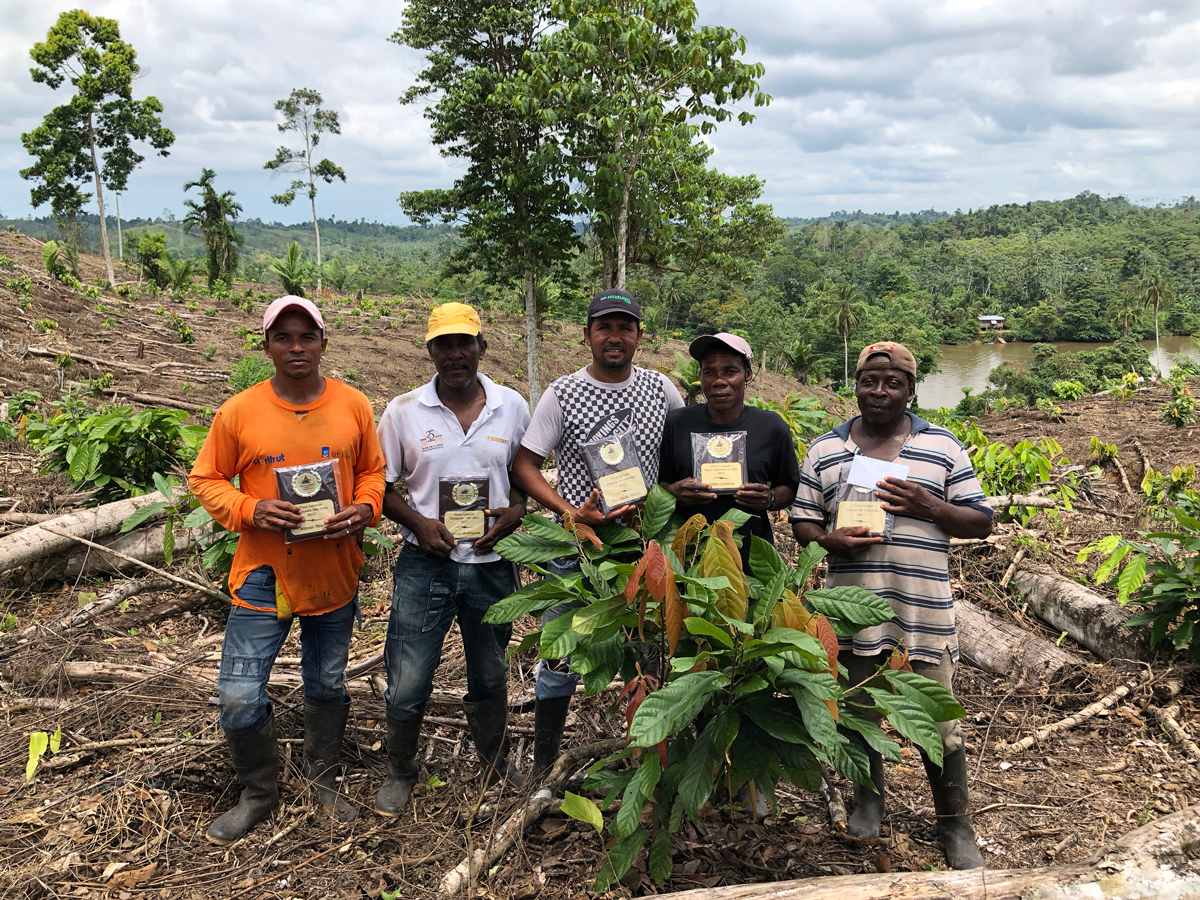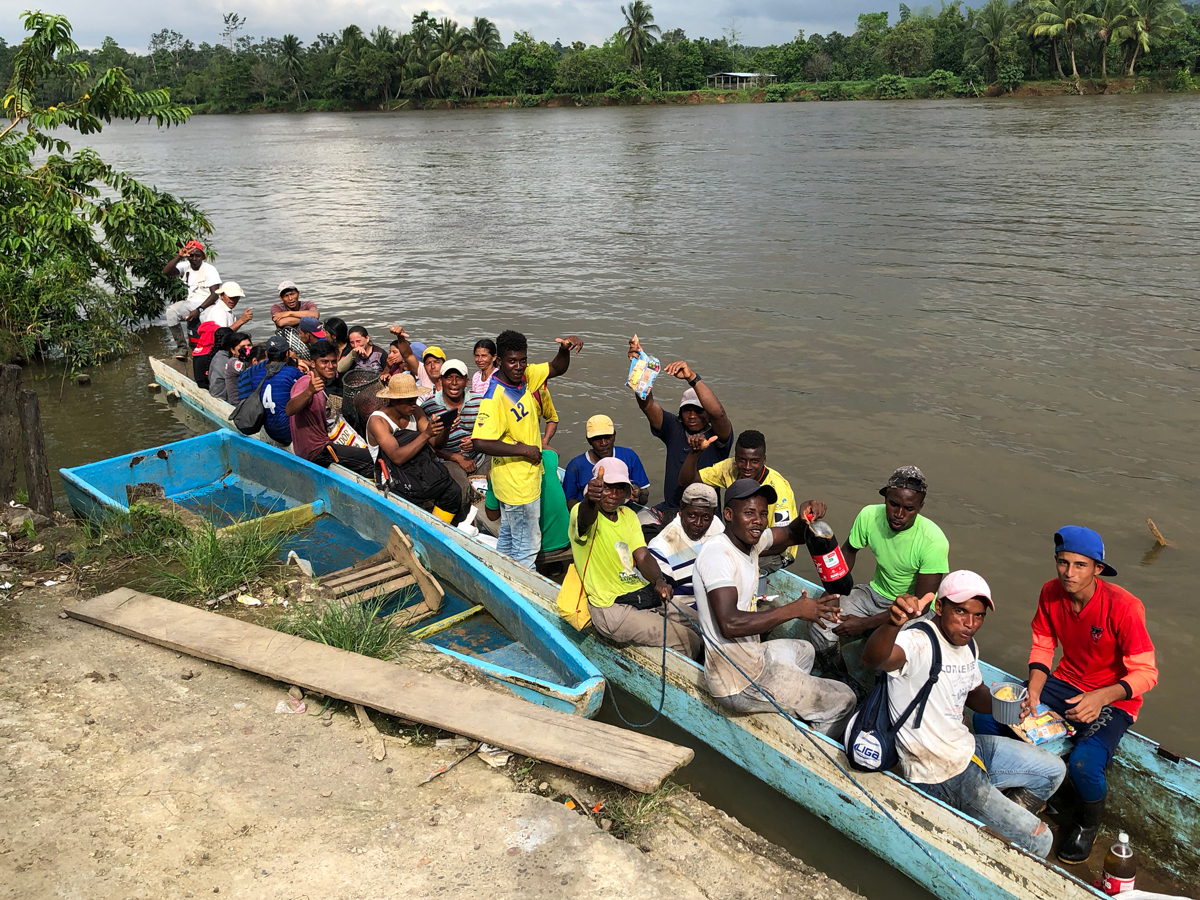Our Story
My wife and I learned about the Cayapas region of Ecuador through the mission trips that we took to the area from 2007 – 2015. We developed strong relationships with many people in Pichiyacu and the surrounding villages in the Esmeraldas province during these years. In 2016, we both took a 4-month leave of absence from our regular jobs (nursing for her, software engineering for me), and we spent that summer with our four children in the village of Pichiyacu.
The Cayapas region is a relatively poor area of Ecuador. There are no roads; villages lie mostly along the Onzole and Cayapas rivers. Transportation is by canoe – large or small – with most powered by a 15 or 40 HP outboard motor. Aside from teaching in a government-funded school, there are no jobs in the area. Most people are subsistence farmers who grow plantains, yuca, pineapples, coconuts, or other fruit. Chickens are raised for eggs and meat, and anything harvested that is not consumed is sold at the nearest town, where that money is used to buy other necessities such as rice, cooking oil, soap, or clothes.
One of the more difficult challenges that we faced as we lived in Pichiyacu that summer was the surrounding poverty. We received requests nearly every day for financial assistance with medicine, travel, school supplies, etc. We realized that we could not afford to provide for the needs of everyone – and we felt as though long-term that would not be beneficial even if we could. After reading the book When Helping Hurts: How to Alleviate Poverty Without Hurting the Poor, we concluded that the best way to provide long-term help was not through handouts, but rather by providing opportunities for employment.
The question quickly became, “What jobs can we provide?” We considered the talents of the people and the natural resources of the area. We learned that the Cayapas region is one of the prime locations in the world for growing fine-flavored cacao. So, as our summer of 2016 in Pichiyacu ended, we bought 175 acres of land and set out to be the best cacao farmers we could be – with the goal of providing employment for as many people as possible.
Today we grow two crops on our farm: cacao and peppercorns (Piper nigrum). We are still new to farming and have a lot to learn, but our knowledge has grown significantly over the last few years as we have drawn from the experience of local workers, government and university guidance, books, hundreds of internet articles, and old-fashioned trial-and-error.








